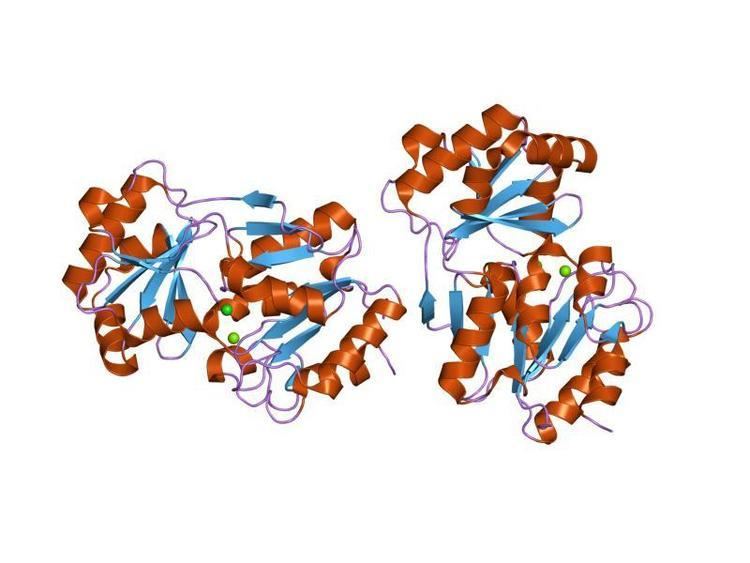Symbol Hydrolase_3 Pfam clan CL0137 Pfam structures | Pfam PF08282 InterPro IPR013200 PDB RCSB PDB; PDBe; PDBj | |
 | ||
The haloacid dehydrogenase superfamily (HAD superfamily) is a superfamily of enzymes that include phosphatases, phosphonatases, P-type ATPases, beta-phosphoglucomutases, phosphomannomutases, and dehalogenases, and are involved in a variety of cellular processes ranging from amino acid biosynthesis to detoxification.
Examples
A HAD domain is found in several distinct enzymes including:
Human genes encoding proteins that contain this domain include:
References
Haloacid dehydrogenase superfamily Wikipedia(Text) CC BY-SA
